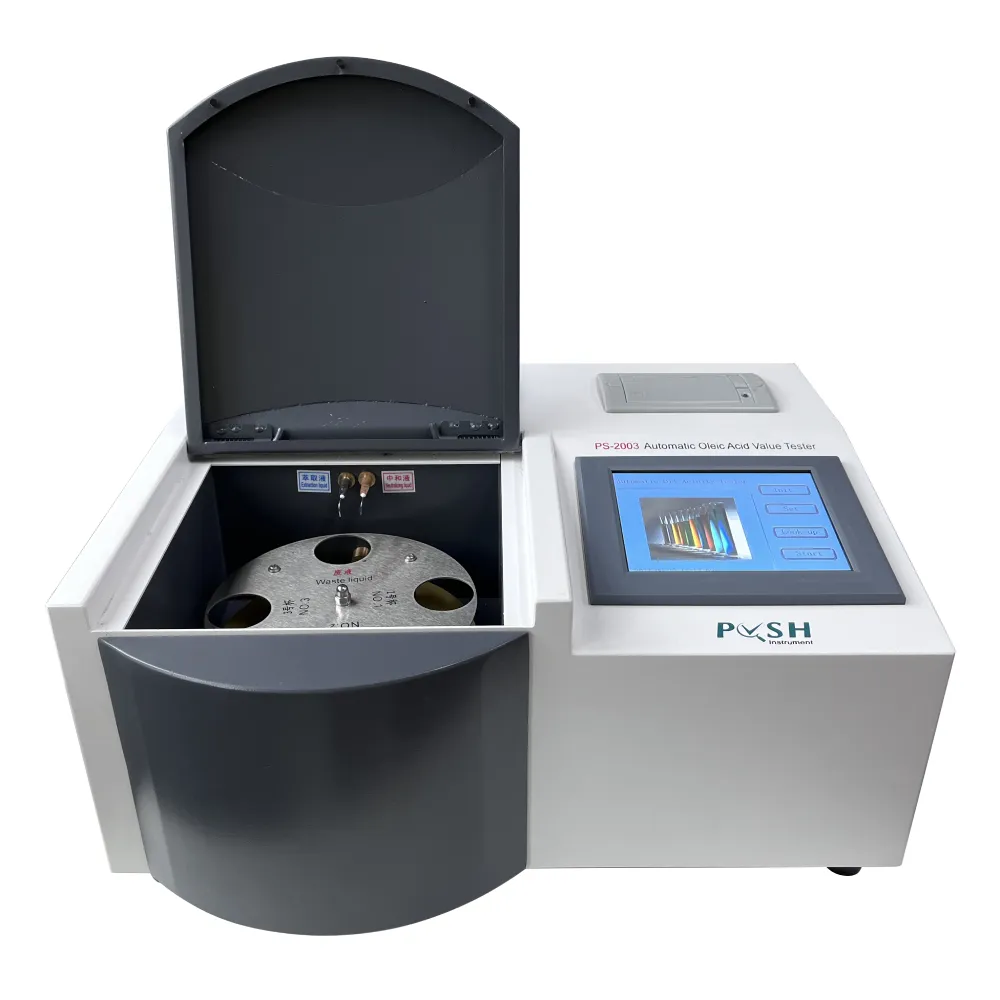 English
English



-
 Afrikaans
Afrikaans -
 Albanian
Albanian -
 Amharic
Amharic -
 Arabic
Arabic -
 Armenian
Armenian -
 Azerbaijani
Azerbaijani -
 Basque
Basque -
 Belarusian
Belarusian -
 Bengali
Bengali -
 Bosnian
Bosnian -
 Bulgarian
Bulgarian -
 Catalan
Catalan -
 Cebuano
Cebuano -
 China
China -
 China (Taiwan)
China (Taiwan) -
 Corsican
Corsican -
 Croatian
Croatian -
 Czech
Czech -
 Danish
Danish -
 Dutch
Dutch -
 English
English -
 Esperanto
Esperanto -
 Estonian
Estonian -
 Finnish
Finnish -
 French
French -
 Frisian
Frisian -
 Galician
Galician -
 Georgian
Georgian -
 German
German -
 Greek
Greek -
 Gujarati
Gujarati -
 Haitian Creole
Haitian Creole -
 hausa
hausa -
 hawaiian
hawaiian -
 Hebrew
Hebrew -
 Hindi
Hindi -
 Miao
Miao -
 Hungarian
Hungarian -
 Icelandic
Icelandic -
 igbo
igbo -
 Indonesian
Indonesian -
 irish
irish -
 Italian
Italian -
 Japanese
Japanese -
 Javanese
Javanese -
 Kannada
Kannada -
 kazakh
kazakh -
 Khmer
Khmer -
 Rwandese
Rwandese -
 Korean
Korean -
 Kurdish
Kurdish -
 Kyrgyz
Kyrgyz -
 Lao
Lao -
 Latin
Latin -
 Latvian
Latvian -
 Lithuanian
Lithuanian -
 Luxembourgish
Luxembourgish -
 Macedonian
Macedonian -
 Malgashi
Malgashi -
 Malay
Malay -
 Malayalam
Malayalam -
 Maltese
Maltese -
 Maori
Maori -
 Marathi
Marathi -
 Mongolian
Mongolian -
 Myanmar
Myanmar -
 Nepali
Nepali -
 Norwegian
Norwegian -
 Norwegian
Norwegian -
 Occitan
Occitan -
 Pashto
Pashto -
 Persian
Persian -
 Polish
Polish -
 Portuguese
Portuguese -
 Punjabi
Punjabi -
 Romanian
Romanian -
 Russian
Russian -
 Samoan
Samoan -
 Scottish Gaelic
Scottish Gaelic -
 Serbian
Serbian -
 Sesotho
Sesotho -
 Shona
Shona -
 Sindhi
Sindhi -
 Sinhala
Sinhala -
 Slovak
Slovak -
 Slovenian
Slovenian -
 Somali
Somali -
 Spanish
Spanish -
 Sundanese
Sundanese -
 Swahili
Swahili -
 Swedish
Swedish -
 Tagalog
Tagalog -
 Tajik
Tajik -
 Tamil
Tamil -
 Tatar
Tatar -
 Telugu
Telugu -
 Thai
Thai -
 Turkish
Turkish -
 Turkmen
Turkmen -
 Ukrainian
Ukrainian -
 Urdu
Urdu -
 Uighur
Uighur -
 Uzbek
Uzbek -
 Vietnamese
Vietnamese -
 Welsh
Welsh -
 Bantu
Bantu -
 Yiddish
Yiddish -
 Yoruba
Yoruba -
 Zulu
Zulu
transformer oil ppm test
Understanding the Transformer Oil PPM Test Importance and Methodology
Transformer oil, also known as mineral oil, plays a crucial role in the functioning of electrical transformers. It not only acts as an insulator but also serves as a coolant, dissipating heat generated by electrical currents. Over time, however, transformer oil can become contaminated with moisture, particulates, and other substances that can degrade its performance. One significant measure of this contamination is the Parts Per Million (PPM) test, which provides insights into the oil's purity and overall condition.
The Importance of the PPM Test
The PPM test for transformer oil is vital for several reasons. Firstly, it helps in identifying the level of contamination. High levels of impurities can lead to breakdown of electrical insulation, reduced efficiency, and ultimately, failure of the transformer. Measuring PPM allows operators to understand the quality of the oil and to make informed decisions regarding maintenance and replacements.
Secondly, the test assists in monitoring the health of the transformer. Regular PPM tests can reveal trends over time, enabling proactive maintenance strategies. By keeping a close eye on oil quality, organizations can extend the lifespan of their transformers, minimize downtime, and significantly reduce long-term operational costs.
Methodology of the PPM Test
The PPM test of transformer oil typically involves collecting a sample of the oil and analyzing it in a laboratory setting. There are several methods used to measure PPM, with two of the most common being spectrophotometric analysis and gravimetric analysis.
transformer oil ppm test

1. Spectrophotometric Analysis This method involves shining a light into a sample of the transformer oil and measuring the absorption of specific wavelengths. The degree of light absorption can indicate the concentration of contaminants within the oil.
2. Gravimetric Analysis This traditional technique involves evaporating the oil sample to leave behind the contaminants, which are then weighed. The weight of the residue can then be used to calculate the PPM of the contaminant.
Once the analysis is complete, results are compared against established benchmark levels to determine the condition of the transformer oil. Industry standards often dictate acceptable PPM levels, and results above these thresholds may trigger further investigation or corrective action.
Interpreting Results and Action Steps
Understanding the results of the PPM test is key for effective transformer management. If the PPM levels are found to be elevated, it’s essential to identify the source of contamination. Common causes include water ingress, particulate matter from the transformer’s environment, and degradation of internal components.
Depending on the level of contamination, several action steps may be necessary. In cases of slight elevation, oil filtration might be adequate to restore acceptable levels. However, if contamination is severe, complete oil replacement may be the only viable option.
In conclusion, the transformer oil PPM test is an indispensable tool for maintaining the health and efficiency of transformers. Regular testing not only ensures optimal performance but also helps prevent costly failures and unplanned outages. By understanding the importance, methodology, and implications of the PPM test, organizations can effectively manage their transformer oil and ultimately enhance the reliability of their electrical infrastructure.
-
Ensuring Transformer Reliability with High-Precision Turns Ratio TestingNewsJul.18,2025
-
Ensuring SF₆ Gas Safety: Introducing PUSH’s Integrated SF₆ Analyzer for Dew Point, Purity, and Decomposition MonitoringNewsJul.10,2025
-
Exploring the Main Types of Industrial Endoscopes and Their Applications Across IndustriesNewsJul.04,2025
-
Testing Equipment Industry Sees Major Advancements in 2025: Smart & Precision Technologies Lead the WayNewsJun.06,2025
-
Applications of Direct Current Generators in Renewable Energy SystemsNewsJun.05,2025
-
Hipot Tester Calibration and Accuracy GuidelinesNewsJun.05,2025



